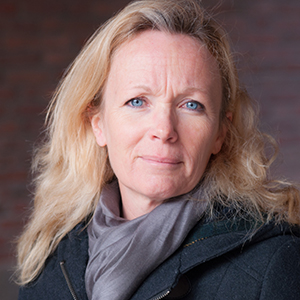Review of special research initiatives

Research centres, platforms, strategic partnerships, research infrastructures and strategic research areas. These are all part of KTH’s range of special research initiatives, and they will now be reviewed with the ultimate aim of making KTH stronger in global competition.
“We’re going to look at the various initiatives, see where they overlap and give suggestions on how KTH can design create conditions for even more outstanding research that leads to major impacts,” says Annika Borgenstam, Vice President for Research.
Alongside Johan Schuber, Senior Research Officer at RSO, she will be conducting a review during the autumn, at the request of the university’s President. The assignment entails evaluating the various initiatives, how they work, how they are funded, and also looking at indicators as to how the initiatives should be monitored, and if and where they overlap.
In a dialougue
The process will partly involve interviews – or rather discussions – with 25 people from different areas, disciplines and research environments at KTH. The aim is to ensure oversight and transparency regarding the precise nature of the special research initiatives, and what is needed for the future.
“The ultimate goal is to improve our research, of course, and I hope that we’ll be able to increase our flexibility and pave the way for new research initiatives as our resources are used more efficiently,” says Borgenstam.

She says that there is no simple explanation as to how KTH’s research initiatives have developed into what they are today.
“But I think generally speaking, we’ve been very good at getting new initiatives off the ground, but not so good at following up and ending them.”
Great response
The review also involves seeing how the process works at other universities, and where applicable identifying good examples to be inspired by. The review will lead to a proposal on how KTH can get more out of its research initiatives, modified working methods, and how central resources can be used in the best way.
“The review is future-oriented, and so far we’ve had a great response from those we invited to dialogue. It appears that achieving clarity around our research and how it works really engages people, which is great to see,” says Borgenstam.
The proposal will be presented to the KTH management in mid-November, to be ultimately reported by 19 December.
Text: Jill Klackenberg
